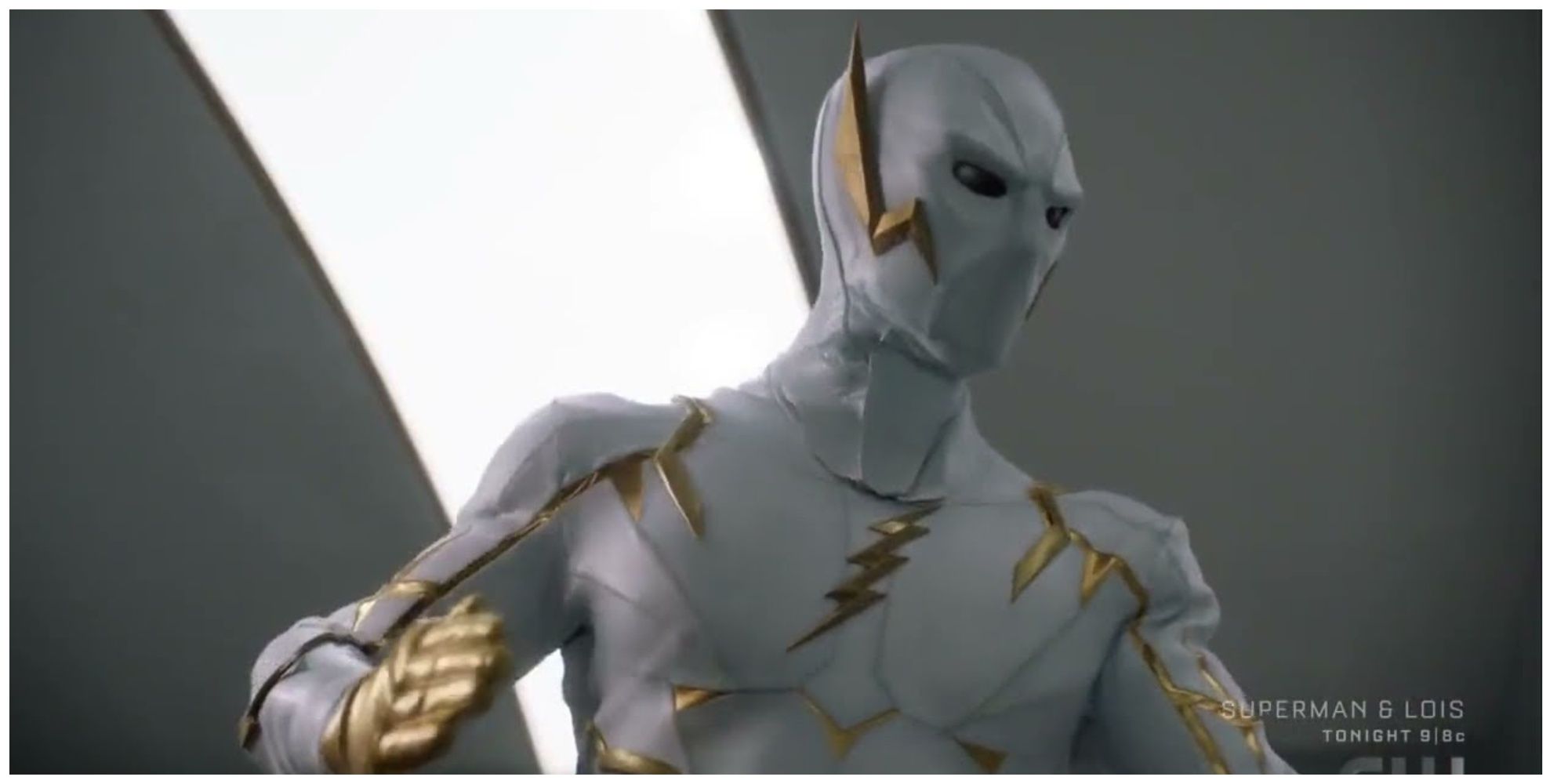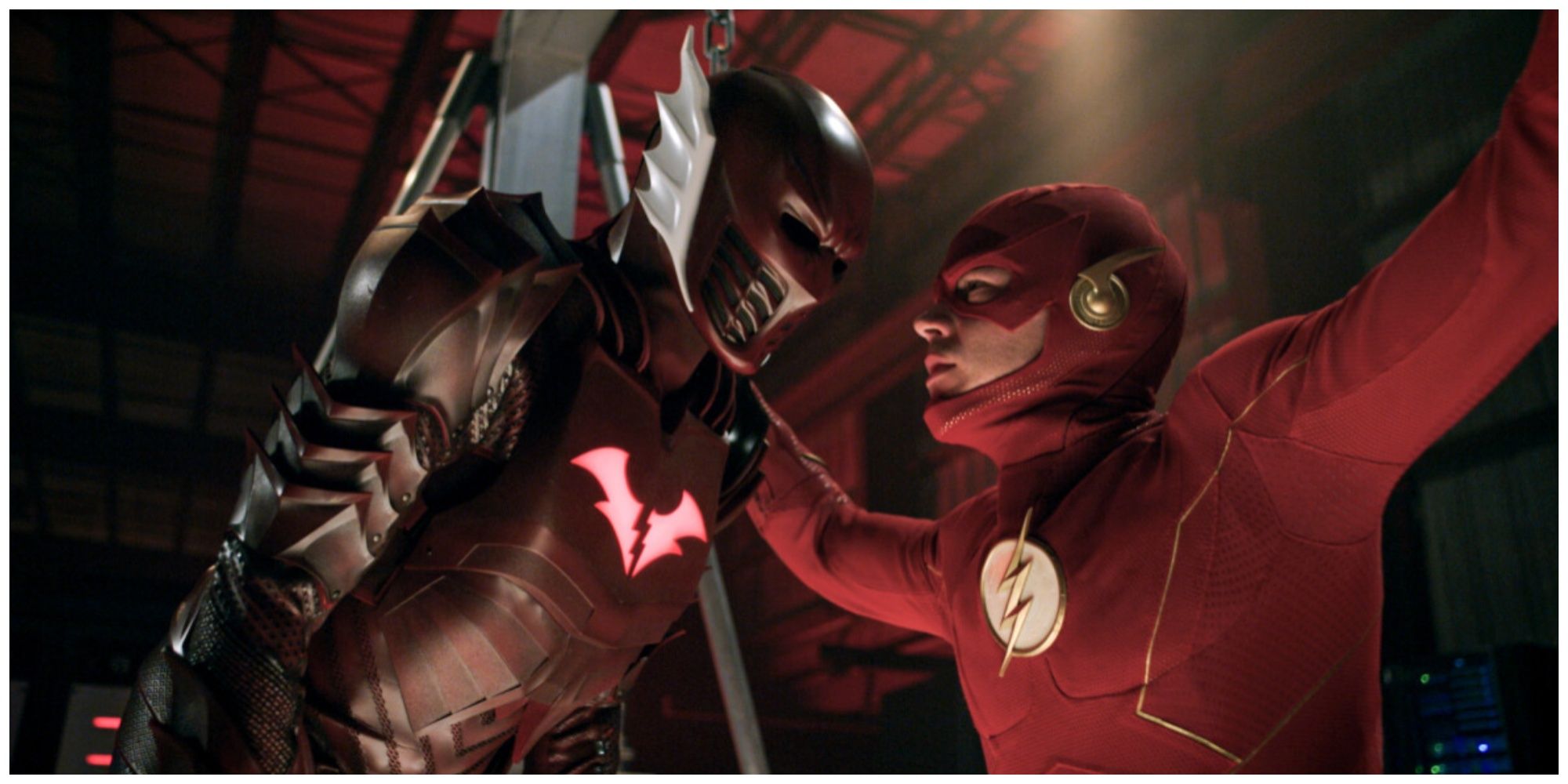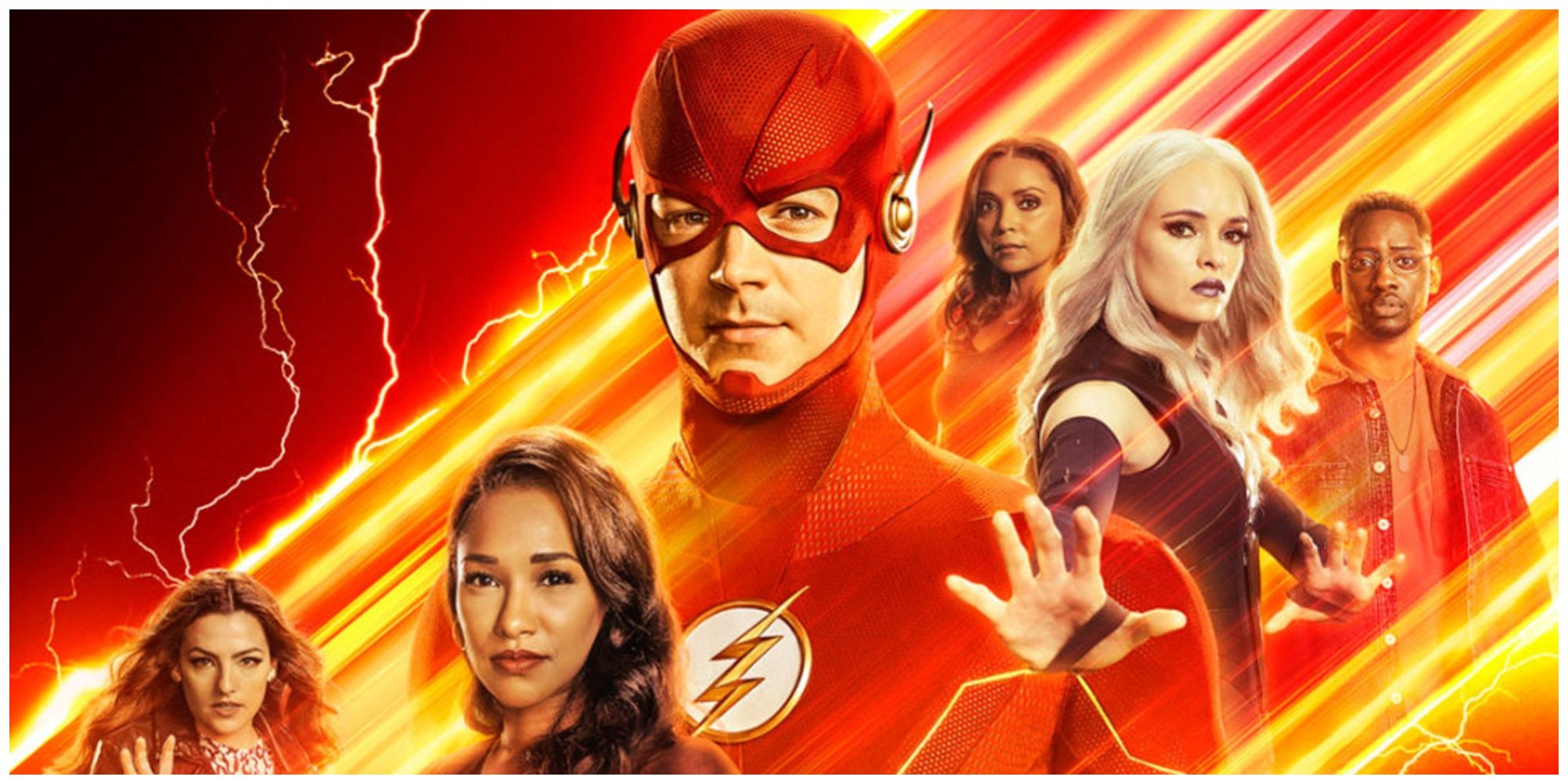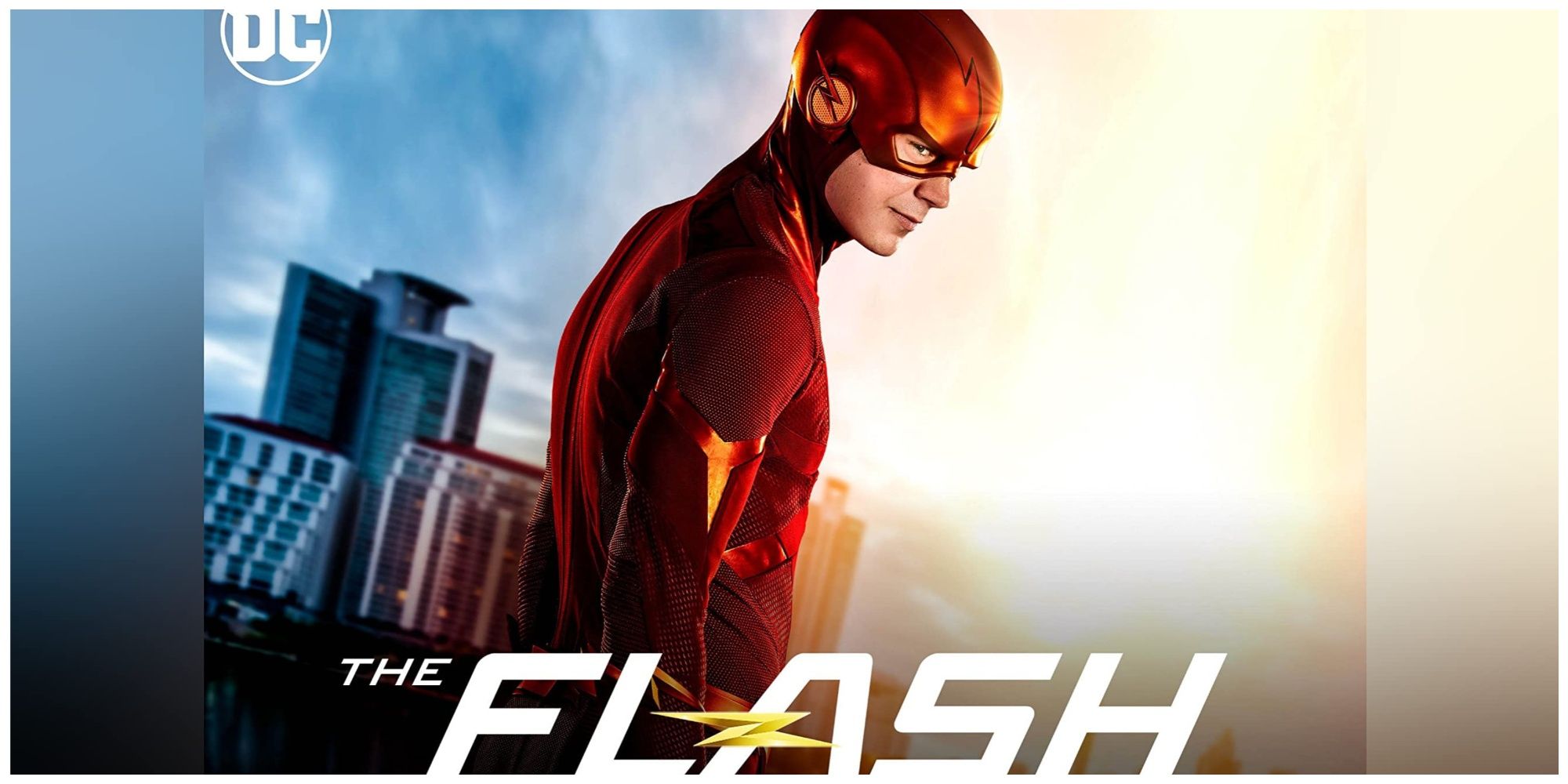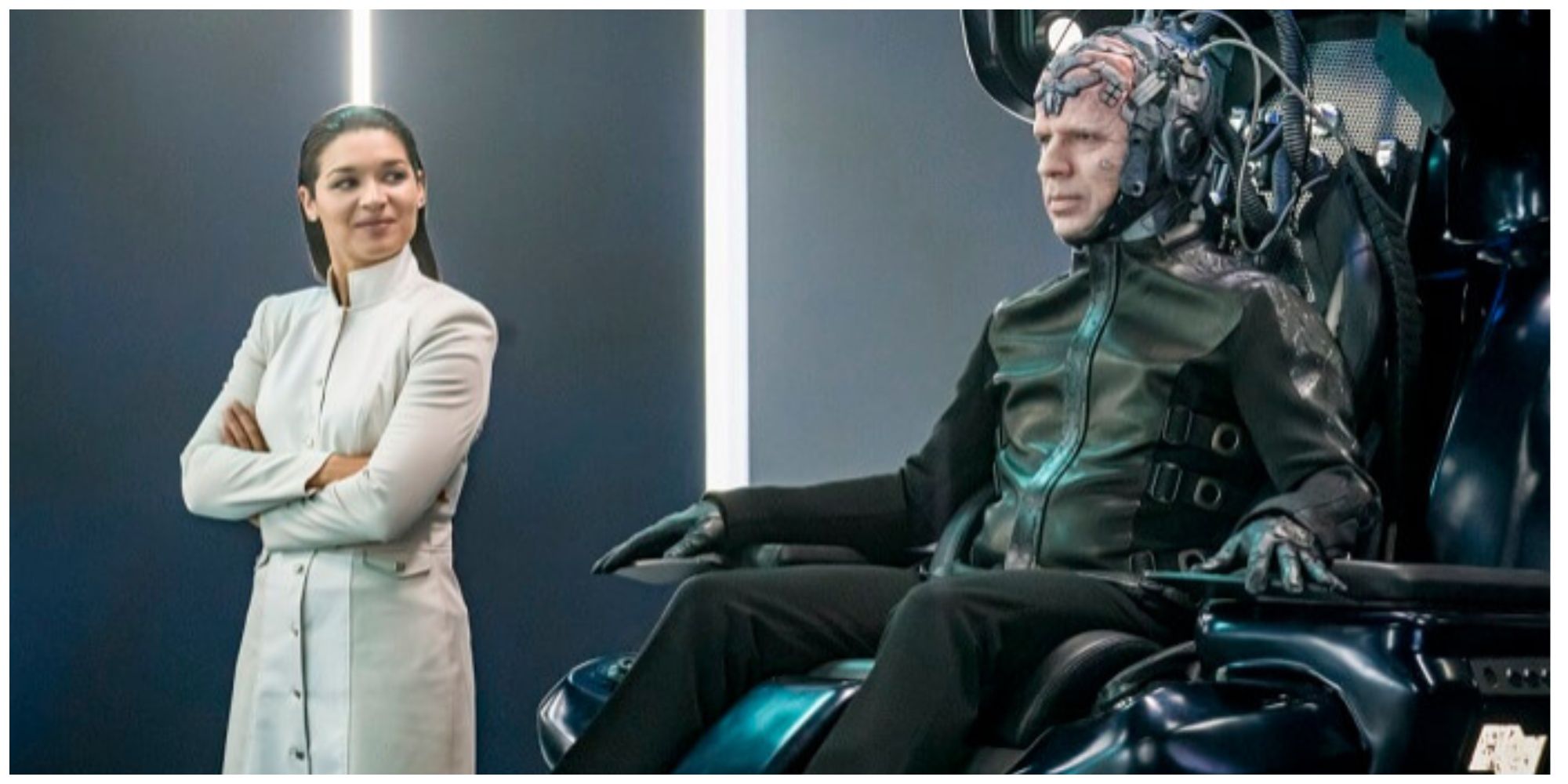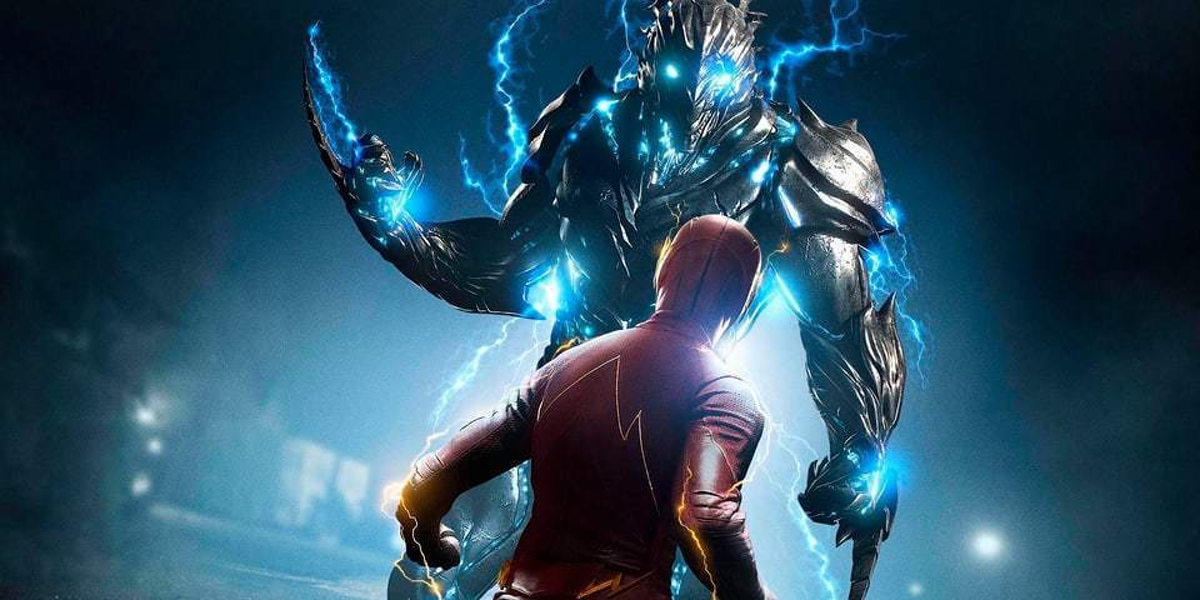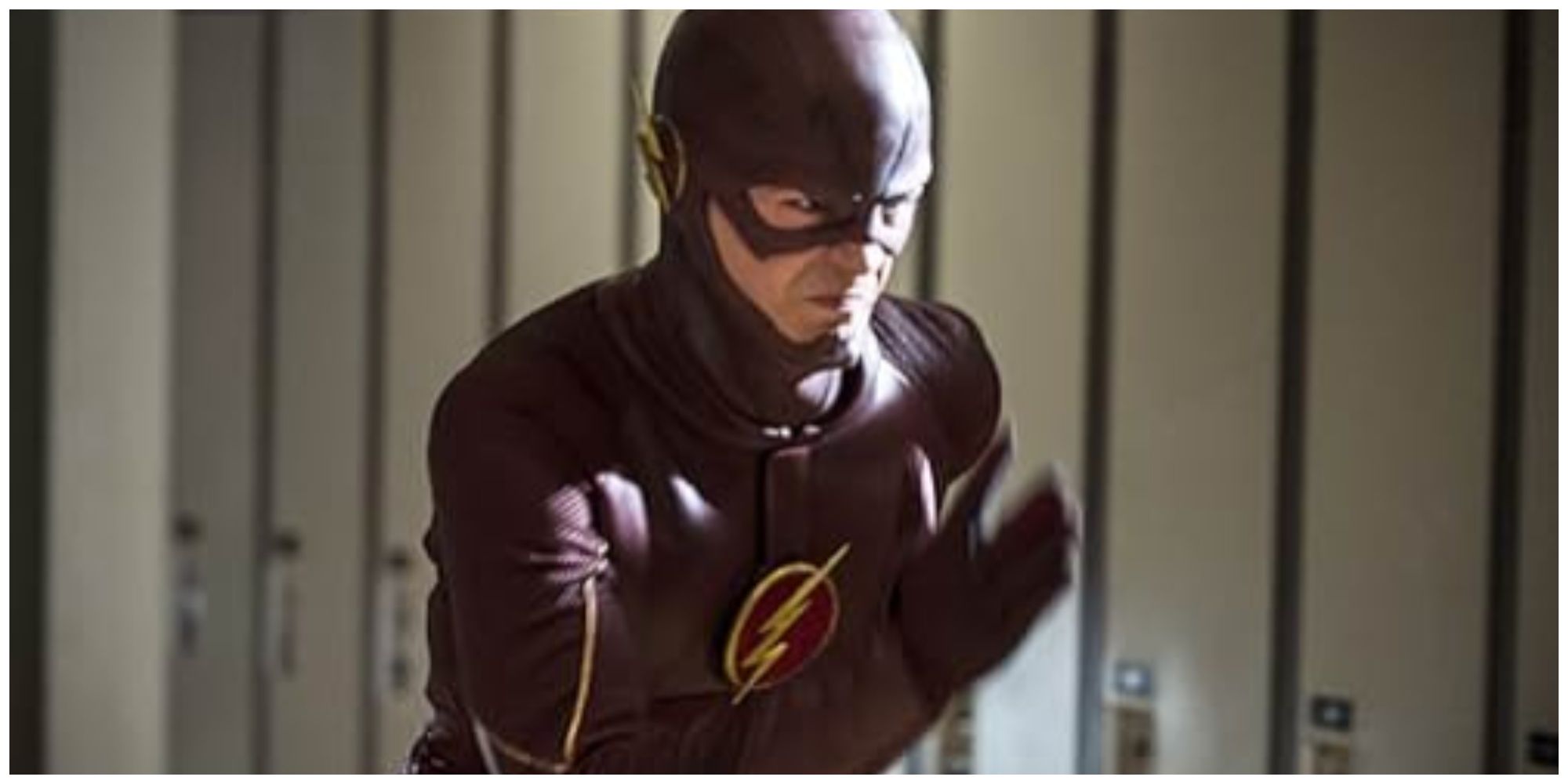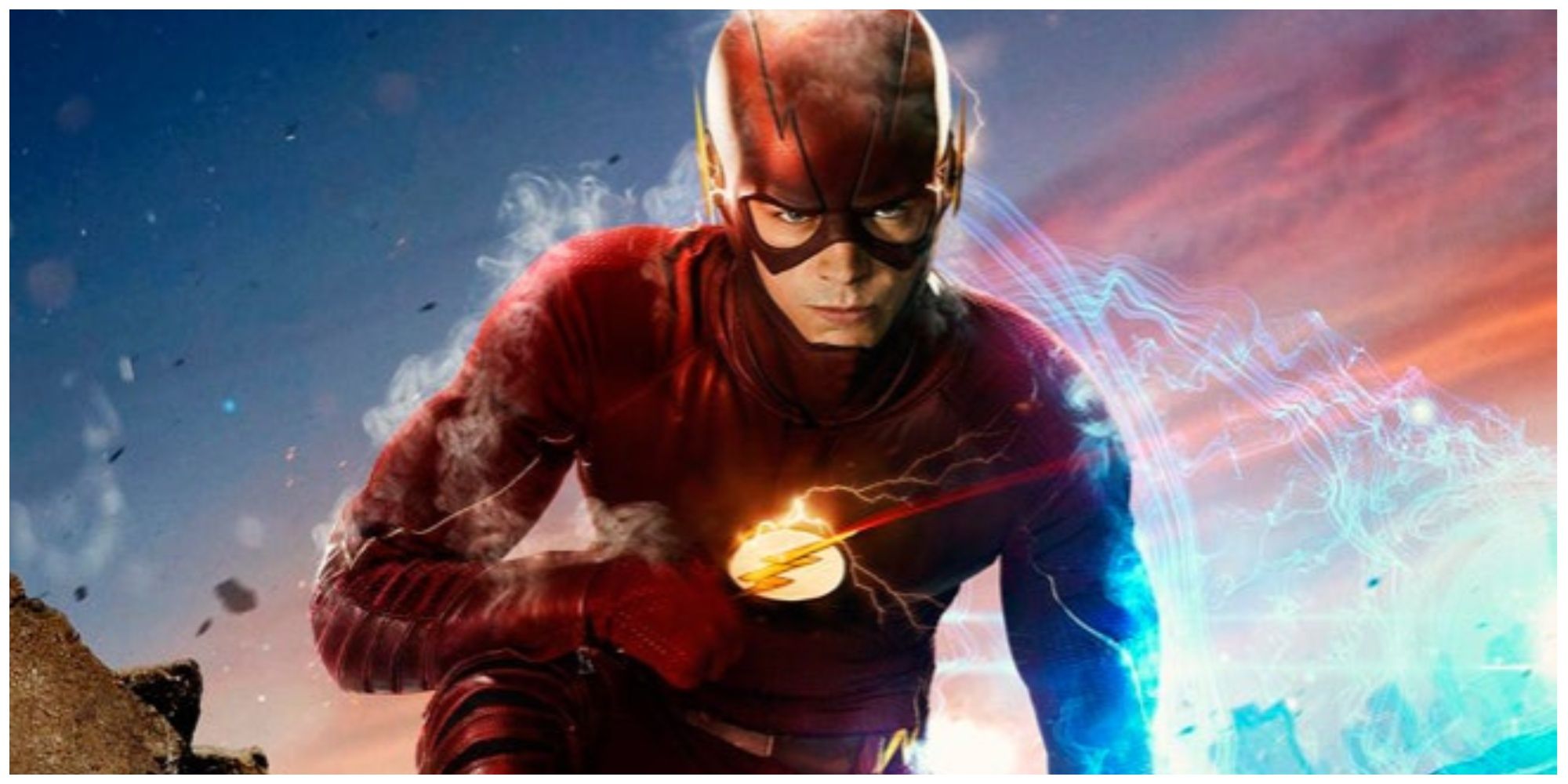The Flash: All Seasons, Ranked

[ad_1]
Highlights
-
The Flash
TV series, a spin-off of Arrow, became one of DC’s strongest TV shows, featuring crossovers with characters like Green Arrow and Supergirl. -
Some seasons of
The Flash
fared better than others due to budget constraints, including confusing time-travel plotlines and limited special effects. -
The final season of
The Flash
successfully wrapped up the series with a satisfying conclusion, featuring the Red Death story and appearances from beloved characters like Oliver Queen.
The Flash TV series first aired on the CW in 2014 and ran for a total of nine seasons. As a spin-off of the wildly popular TV series Arrow, The Flash had a huge following going into its debut season. The show would go on to be one of the strongest cornerstones of DC’s Arrowverse series of comic book TV shows on the CW, and this would inevitably lead to crossovers with characters, such as Green Arrow and Supergirl.
The show follows forensic scientist, Barry Allen after he is struck by lightning and given super speed. This gift of speed would naturally pit the scarlet speedster against some menacing villains and see the character exploring time travel and the multiverse. The Flash was a hit for the CW network; however, some seasons of the show fared better than others.
9 Season 7
Season 7 of The Flash featured an overarching villain known as Godspeed. This powerful speedster is revealed not to be one individual but several, all of whom wish to wreak havoc across the timeline. For Barry to stop the Godspeed army, he has to recruit several other speedsters of his own, which culminates in the speedster civil war.
Such an epic story was bound to pique the curiosity of viewers. Sadly, the showrunners bit off a bit more than they could chew, and this event proved to be too big for a modest TV budget. While all the story points did add up, all the time-hopping proved confusing and the show’s special effects budget could not do justice to an all-out war among speedsters.
8 Season 9
The ninth and final season of the show had the difficult task of wrapping up the series in a satisfying conclusion before the DCEU movie, while also trying to include another season-long arc. The arc that the showrunners chose to adapt for this final season was the Red Death story from the comics. This part of the series saw Barry and friends pursued by an alternate version of Batgirl from another universe in a struggle against time to mixed results.
This season of the show shines addressing all the plots and characters that have come before. Fans get to see the reappearance of the rogues, Gorilla Grodd, and even Oliver Queen before inevitably saying goodbye to the main cast in the four-part finale.
7 Season 8
Season eight of The Flash had the unfortunate job of following up on the epic civil war arc from the end of the previous season. Also, the pandemic meant that some of the shooting of the series had to be delayed. To get around this obstacle, the writers ended up splitting the season into three, distinct story arcs.
The first story saw Barry facing off against Despero, a villain with key information on his greatest nemesis, The Reverse Flash. Then, the series deviated into showing the viewers the ramifications of not heeding the prophecies of Despero as Eobard Thawn (The Flash’s best villain) shows up for another shot at revenge against The Flash. Lastly, the pair of enemies then have to deal with the consequences of Deathstorm and the negative speed force. So many storylines should have made the series clumsy; however, the three-story split worked well, and fans generally view this season as a step up from what came before.
6 Season 6
Season six of The Flash was the first to try and avoid having one over-arcing series villain. This outcome was mostly due to the fact that this year would be the one to contain the five-part DC crossover, Crisis on Infinite Earths. This crossover had been built up within the CW universe for over two years, and it would be the last where fans got to see the Arrowverse’s lead, Oliver Queen, in action.
To work around this issue, the first part of the season dealt with Barry and the minor villain, Bloodwork. Then, the season focused mainly on the aftermath of the crossover to great effect. Sadly, the show also had to work in another main villain to harass the main cast as they contend with everything that happened in the Crisis event,
5 Season 4
It took three seasons, but The Flash finally introduced the first season-long villain that wasn’t a speedster in season 4. This villain was The Thinker, a highly intelligent meta-human who wanted to create other meta’s and then take their powers for himself. As crazy as this plan sounds, this season saw the show head in a more dramatic direction with the DC team banding together.
Part of The Thinker’s plan saw Barry framed for murder, and some of the deaths in the show were felt by the other main characters. Some of the comic-book silliness of the show remained; however, which made the change in tone a little jarring at times.
4 Season 5
Fans’ reaction to season five of The Flash largely revolved around their opinion of Nora, Barry and Iris’s speedster daughter from the future. Some find the youthful nature of the character and her decision annoying, while others ignore this and can still enjoy the show regardless. This series of the show is more focused on Barry’s detective skills and the over-arcing villain, Cicada, a meta-human serial killer.
Also, this season gets to showcase Eobard Thawne once again, as his manipulation of Nora in the future is what puts him on a collision course with his old nemesis once again. All in all, season five of this show serves as a reminder of how evil the Reverse Flash can be and sets up some interesting conflict for the fastest man alive in the future.
3 Season 3
Any comic fan is likely to mention Flashpoint when discussing the best comic book arcs for the character. As such, season 3 of the show had an uphill climb when bringing this story to the small screen. Fortunately, the writers choose to only spend a brief amount of time in Barry’s ideal world before it is all taken away.
What follows is the team having to spend the rest of the season dealing with Barry’s actions and the new dangers they face because of Flashpoint. This reality also birthed Savitar, a villain that Barry sees kill Iris in an unpreventable version of the future. As such, The Flash and his friends have to spend the rest of the season trying to prevent this outcome against a ticking clock.
2 Season 1
The pilot season of The Flash had much to achieve. The writers had to endear viewers to this new version of the character while also showing fans why this hero deserves his own TV show alongside Arrow.
The results were fantastic and launched the show that fans were able to love for nearly a decade. Season one is a showcase of everything great about the Flash. Viewers were introduced to some of his most well-known villains including Gorilla Grodd, Captain Cold, Weather Wizard, and the Reverse Flash, and got to see some of the tragic elements that drive the character.
1 Season 2
After season one, The Flash needed to prove that it could continue to enthrall audiences with its premise. As such, season two of the show took both a darker path and one that introduced new concepts like multiverse travel.
Zoom became a huge presence on the show as the series’ Big Bad, and the writers did a great job showing why he is as threatening as The Reverse Flash, if not more. Also, more of the characters that worked in the first season got to return with some new faces popping up in the universe. Anyone who found season one a little low was completely sold by the time season 2 rolled around. That season walked, so The Flash could run.
Source link
